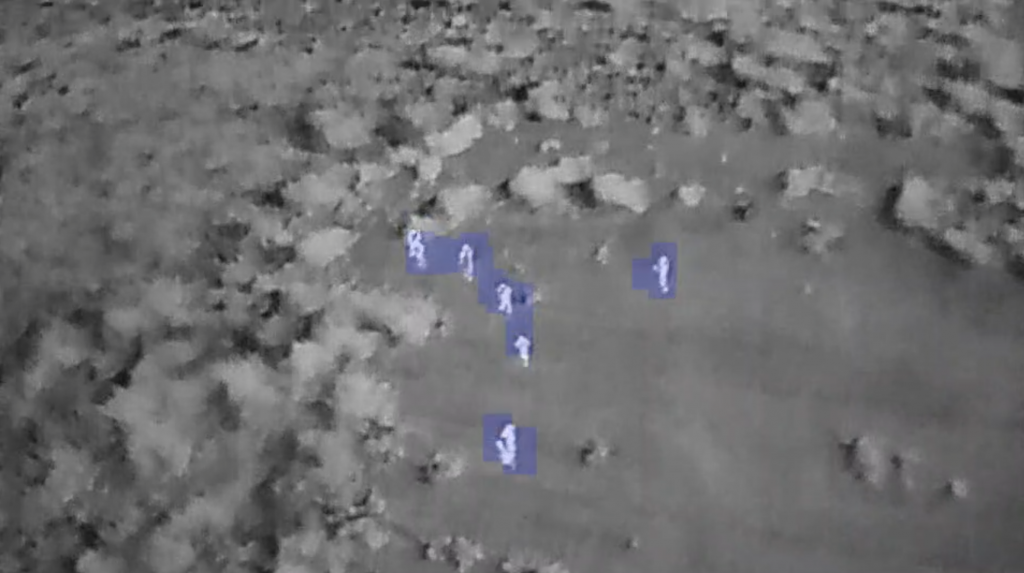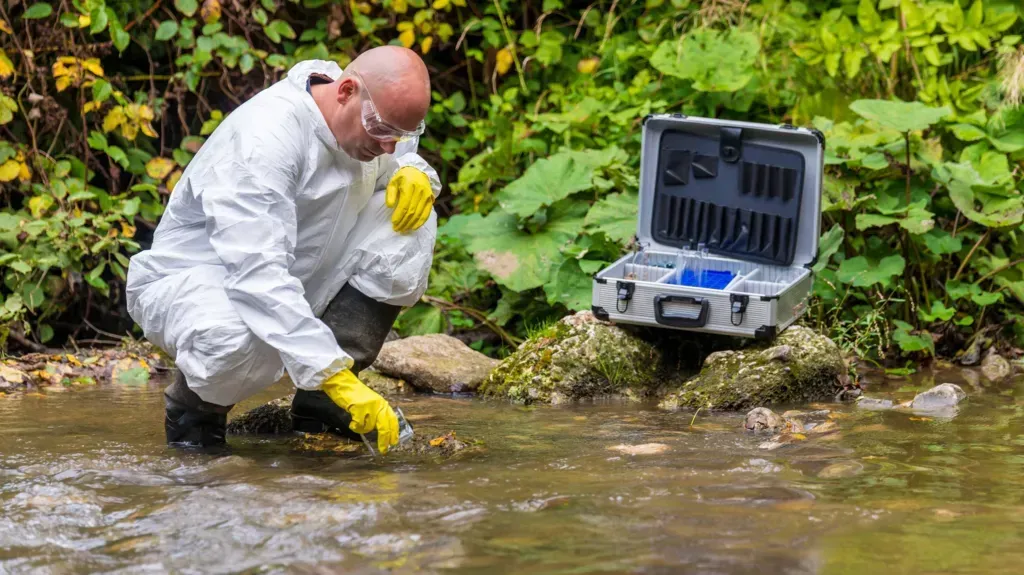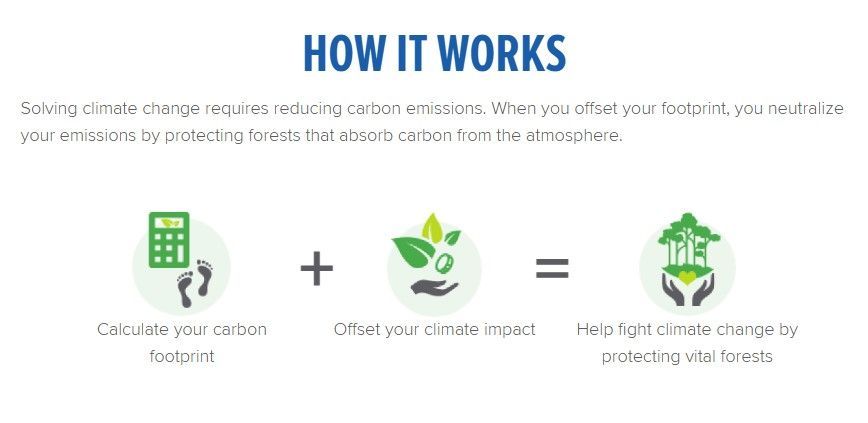Understanding Carbon Footprint and The Role of Carbon Credits in Nature Conservation
Climate change is a global issue, with organizations like Conservation International leading efforts in nature conservation to mitigate its impacts. One of the most effective tools in this fight is the reduction of carbon footprints through carbon credits. But what exactly is a carbon footprint, and how does it connect to carbon credits, nature conservation, and global climate initiatives?
In this article, we’ll examine the concepts of carbon footprints, explore the critical role of carbon credits, and highlight how organizations like Conservation International use these tools to promote sustainable solutions. Plus, we’ll link you to a helpful resource - the Carbon Footprint Calculator - to get started on understanding your own impact.
What Is a Carbon Footprint?
A carbon footprint is the total amount of greenhouse gases (GHGs), primarily carbon dioxide (CO₂), emitted directly or indirectly by human activities. This includes everyday actions like driving a car, heating your home, or even the food you consume. Essentially, it’s a measure of your impact on the environment, expressed in metric tons of CO₂ equivalent (CO₂e).
Why It Matters for Nature Conservation
The higher your carbon footprint, the greater your contribution to climate change. Excessive GHG emissions disrupt natural ecosystems, degrade habitats, and lead to extreme weather patterns. By understanding and reducing our carbon footprints, we can help preserve critical ecosystems like rainforests and mangroves, which are vital for nature conservation efforts championed by organizations such as Conservation International.
What Are Carbon Credits?
Carbon credits are a market-based tool designed to help offset carbon emissions. They work by putting a monetary value on emissions reductions. For every metric ton of CO₂ reduced or removed from the atmosphere through verified conservation projects, one carbon credit is issued. These credits can then be bought by individuals or companies aiming to offset their own emissions.
Learn more about how Zanza Labs can implement these credit systems on our Carbon Credits Information Page.
How Carbon Credits Work
- Project Initiation: A conservation project - such as reforestation or wetland restoration - is set up to capture or reduce CO₂ emissions.
- Verification: The project’s carbon reductions are verified by an independent third party to ensure accuracy and transparency.
- Issuance of Credits: The verified reductions are converted into carbon credits, which are then available for purchase on a marketplace.
- Offsetting Emissions: Buyers purchase these credits to offset their own carbon footprint, effectively neutralizing their emissions.
By investing in carbon credits, individuals and businesses contribute to nature conservation projects that protect critical habitats and support local communities.
Key Concepts in Carbon Footprint Reduction
- Nature-Based Solutions: Conservation International as an example promotes the protection and restoration of ecosystems like forests and mangroves that naturally absorb and store carbon.
- Carbon Footprint Calculator: Tools like the Carbon Footprint Calculator allow individuals to estimate their emissions and identify areas where they can reduce their impact.
- Verified Carbon Credits: Purchasing certified carbon credits ensures that your investment supports legitimate, high-quality conservation projects that make a real difference in mitigating climate change.
Use the
Carbon Footprint Calculator provided by
Conservation International to estimate your own carbon impact and start offsetting your emissions today.
Research Opportunities in Carbon Credits and Nature Conservation
The intersection of carbon credits and nature conservation offers exciting research opportunities. By studying the effectiveness of carbon credit systems, researchers can contribute to improved strategies for climate mitigation.
Areas of focus include:
- Ecosystem Services Valuation: Analyzing the carbon sequestration potential of different ecosystems like mangroves, rainforests, and grasslands.
- Impact of Nature-Based Solutions: Assessing the effectiveness of conservation projects funded by carbon credits in reducing global emissions.
- Community-Led Initiatives: Exploring how local communities can engage in carbon credit projects, driving both environmental and economic benefits.
Conservation Opportunities: The Role of Carbon Credits in Protecting Nature
Carbon credits are a crucial part of funding nature conservation projects. By purchasing carbon credits, companies and individuals help finance initiatives that preserve critical ecosystems and biodiversity. Some key conservation opportunities include:
- Protecting Forests: These efforts help sequester carbon while also benefiting local communities.
- Supporting Local Livelihoods: Funds from carbon credits often go towards improving local infrastructure, education, and sustainable business ventures, creating long-term benefits for communities.
School and Community Programs
Integrating carbon credit initiatives into school programs and community projects can foster environmental awareness and participation. Educational programs can teach the importance of carbon footprint reduction and provide students with tools like the Carbon Footprint Calculator.
How Zanza Labs Can Lead in Carbon Credit Systems
Zanza Labs is positioned to lead innovative efforts in the development and implementation of carbon credit systems tailored for African communities.
Our approach focuses on:
- Community Engagement: Collaborating with local entrepreneurs and community leaders to create scalable, sustainable conservation projects.
- Technology Integration: Using advanced digital tools and platforms to track and verify carbon credits, ensuring transparency and efficiency.
- Economic Empowerment: Helping communities develop new revenue streams through nature-based enterprises and conservation activities.
Learn more about our ongoing projects on our Carbon Credits Information Page.
Digital Impact: Restoring Conservation Authority to Communities
By prioritizing community-driven initiatives, we aim to restore conservation authority to local citizens.
With transparent carbon credit systems and a focus on nature conservation, we can help build a sustainable future for both people and the planet.
Understanding your carbon footprint and the role of carbon credits is a crucial step in supporting global climate action. Tools like the
Carbon Footprint Calculator
make it easy to assess your impact and start making a difference. By participating in carbon credit markets and supporting verified conservation projects, you can help protect vital ecosystems and foster sustainable development.
Offset your footprint today, and be a part of the solution to fight climate change while contributing to
nature conservation efforts worldwide.
Frequently Asked Questions About Carbon Footprints
What is a carbon footprint, and why does it matter in nature conservation?
A carbon footprint is the total amount of greenhouse gases (GHGs) emitted by human activities, measured in CO₂ equivalents. It matters because these emissions contribute to climate change, impacting ecosystems and wildlife. Reducing our carbon footprint helps preserve nature, which is essential for biodiversity and healthy ecosystems.
How do carbon credits help reduce a carbon footprint?
Carbon credits allow individuals and companies to offset their emissions by supporting verified conservation projects. Each carbon credit represents a metric ton of CO₂ reduced or removed from the atmosphere. By purchasing carbon credits, you help fund projects like reforestation and wetland restoration, which are vital for nature conservation.
How can I calculate my carbon footprint?
You can use tools like the Carbon Footprint Calculator from Conservation International to estimate your daily emissions. The calculator considers factors like your energy use, transportation habits, and dietary choices, providing a clear picture of your carbon impact.
What role does Conservation International play in carbon credit projects?
Conservation International promotes nature-based solutions to climate change. They help protect and restore ecosystems like rainforests and mangroves that absorb carbon. By developing verified carbon credit projects, they enable individuals and businesses to offset their emissions while funding vital conservation initiatives.
How can investing in carbon credits benefit local communities?
Carbon credit projects often provide economic benefits to local communities. Funds are used to support sustainable businesses like ecotourism, tree nurseries, and beekeeping. This helps create jobs and fosters economic development, aligning conservation goals with community needs.

About The Author
Johann brings two decades of expertise in technology seamlessly interwoven with a passion for conservation and development. His career reflects a drive for the confluence of these ideas through projects across the African continent.
Quicklinks







